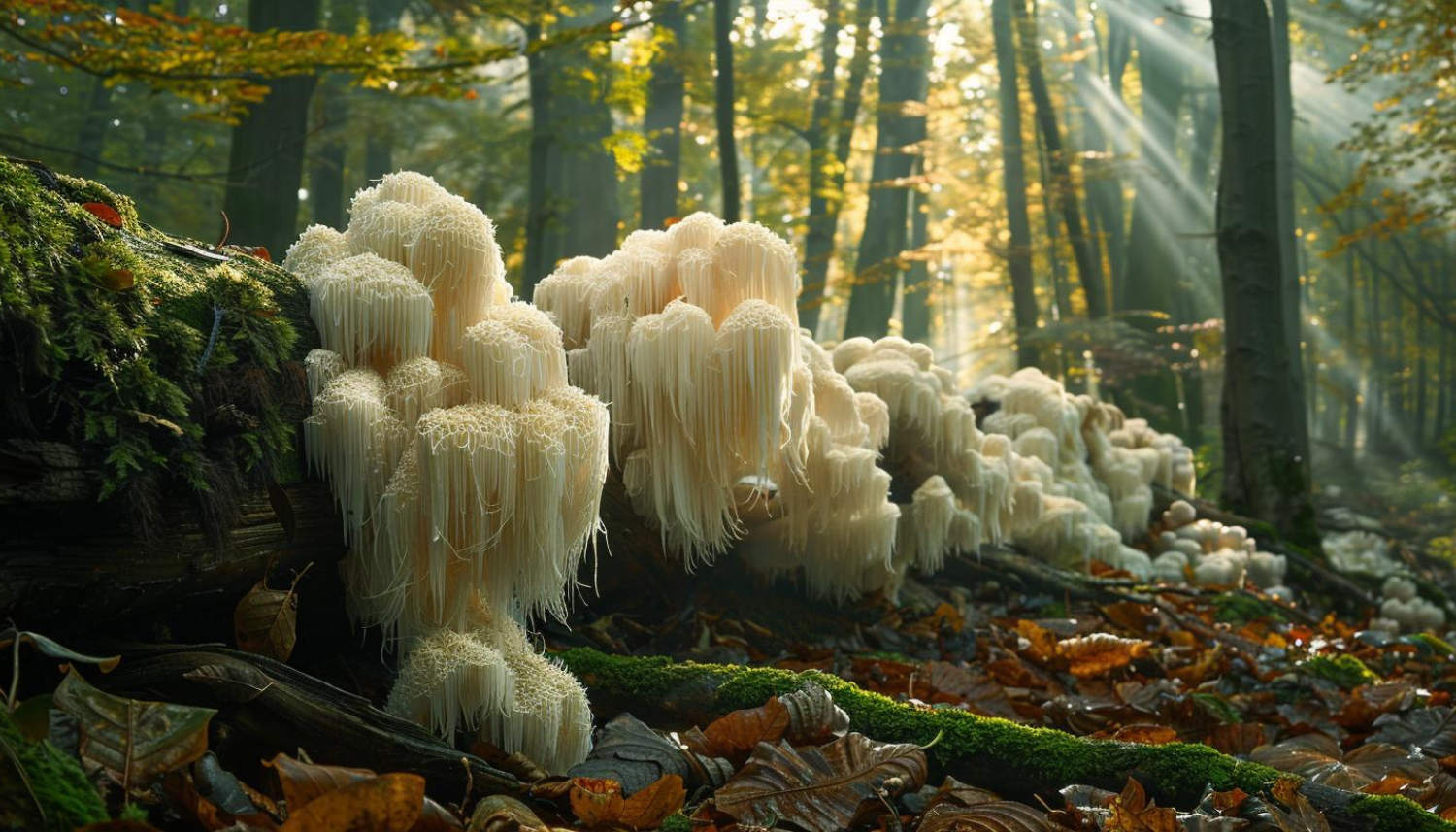How fast does mycelium grow? How do you grow mycelium? What can you do with mycelium? How does mycelium form? These questions are crucial for anyone interested in growing mushrooms or using mycelium in various applications. In this blog post we dive deep into the world of mycelium and discover the fascinating processes and possibilities it offers.
What is Mycelium?
Mycelium is the vegetative part of a fungus, consisting of a network of fine, white threads called hyphae. It plays a crucial role in nature by breaking down organic matter and returning nutrients to the soil. This process is essential for mushroom growth and has several industrial applications.
How Fast Does Mycelium Grow?
The growth rate of mycelium depends on several factors, including temperature, humidity, substrate type and ventilation. In general, mycelium grows best at a temperature between 20-25°C and a humidity of 90-100%. Good air circulation is also crucial to keep CO2 levels down and promote growth.
An example is the king oyster mushroom (Pleurotus eryngii), which can colonize a substrate within a few weeks under optimal conditions. This means that with the right care and conditions, you can quickly see results in your mycelium culture.
How Do You Grow Mycelium?
Growing mycelium is a process that requires careful preparation and attention to detail. Here are the steps to successfully grow mycelium:
1. Substrate Preparation
- Choose a Suitable Substrate: Popular choices are straw, wood chips, and coffee grounds.
- Pasteurization or Sterilization: This process eliminates unwanted microorganisms that can hinder mycelium growth.
2. Inoculation
- Mix the Substrate with Mycelium: This is also called brood. Ensure thorough mixing for even colonization.
3. Incubation
- Place the Inoculated Substrate in a Dark, Warm Environment: The ideal temperature is 20-25°C with a high humidity of 90-100%.
- Let the Mycelium Colonize: This process can take days to weeks, depending on the conditions and the type of mycelium.
4. Fructification
- Move the Substrate to a Cooler Area: This encourages mushroom growth. Higher humidity is also necessary to promote fructification.
What Can You Do with Mycelium?
Mycelium offers countless applications, from food production to sustainable materials. Here are some of the most popular applications:
1. Food production
Mycelium is used for growing edible mushrooms such as oyster mushrooms and shiitake. These mushrooms are not only delicious but also rich in nutrients and health benefits.
2. Building materials
Mycelium can be used to create sustainable materials such as insulation panels and bricks. These materials are not only environmentally friendly, but also provide excellent thermal and acoustic insulation.
3. Fashion and Textiles
Mycelium is used to make vegetable leather and other textiles. These materials are a sustainable alternative to traditional leather and textile products.
4. Ecological Packaging
Mycelium produces biodegradable packaging materials that are an excellent alternative to plastic. This packaging is not only environmentally friendly, but also fully compostable.
How Does Mycelium Form?
Mycelium forms from spores, the reproductive cells of fungi. Under favorable conditions, these spores germinate and form hyphae, which then grow into an extensive mycelial network. This network breaks down organic matter and returns nutrients to the soil, which is essential for mushroom growth.
Interest in Nature
Mycelium plays a crucial role in nature by breaking down organic matter and returning nutrients to the soil. This process promotes nutrient cycling and supports the growth of plants and other organisms. Additionally, mycelium forms symbiotic relationships with plant roots, which aids in water and nutrient uptake.
Specific Examples: Shiitake Mushrooms
For shiitake mushrooms, the incubation period lasts about a year, during which the mycelium colonizes the substrate or wood blocks. The temperature during this period should remain above 7°C at night and above 15°C during the day. The substrate should be kept moist by regularly spraying with water.
Conclusion
Growing mycelium is a rewarding process that requires the right conditions and proper preparation of the substrate. Mycelium offers countless applications, from food production to sustainable materials, making it a valuable resource in various industries.
For more information and tools to successfully grow mycelium, please visit [ToshiFarm](https://toshifarm.com/). Here you will find high-quality grow kits, supplements and educational resources to make your mycelium cultivation a success.
---
Frequently Asked Questions (FAQ)
How fast does mycelium grow?
Mycelium grows best at a temperature between 20-25°C and a humidity of 90-100%. Under optimal conditions, mycelium can colonize a substrate within a few weeks.
How do you grow mycelium?
Mycelium cultivation involves four main phases: substrate preparation, inoculation, incubation and fructification. Each stage requires specific conditions to promote mycelium growth.
What can you do with mycelium?
Mycelium can be used for food production, building materials, fashion and textiles, and ecological packaging. It offers a sustainable alternative to traditional materials and products.
How does mycelium form?
Mycelium forms from spores, the reproductive cells of fungi. Under favorable conditions, these spores germinate and form hyphae, which then grow into an extensive mycelial network.
With this knowledge, you are well on your way to starting your own mycelium cultivation and benefiting from the many benefits that mycelium offers. Good luck and have fun with your growing adventures!


